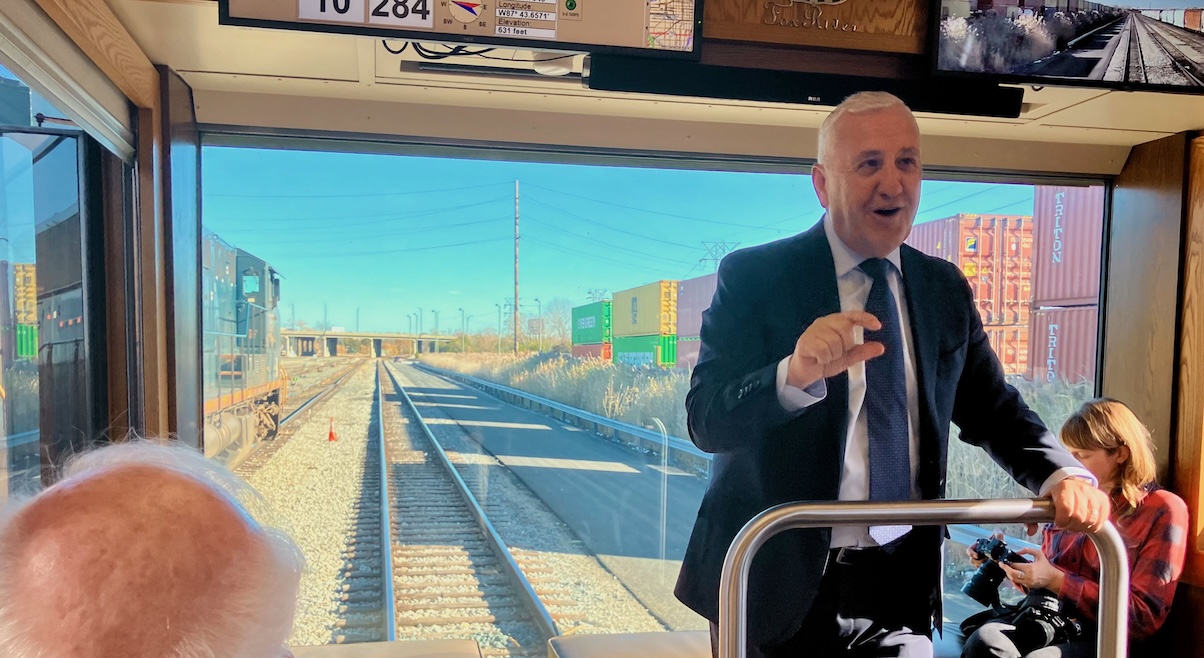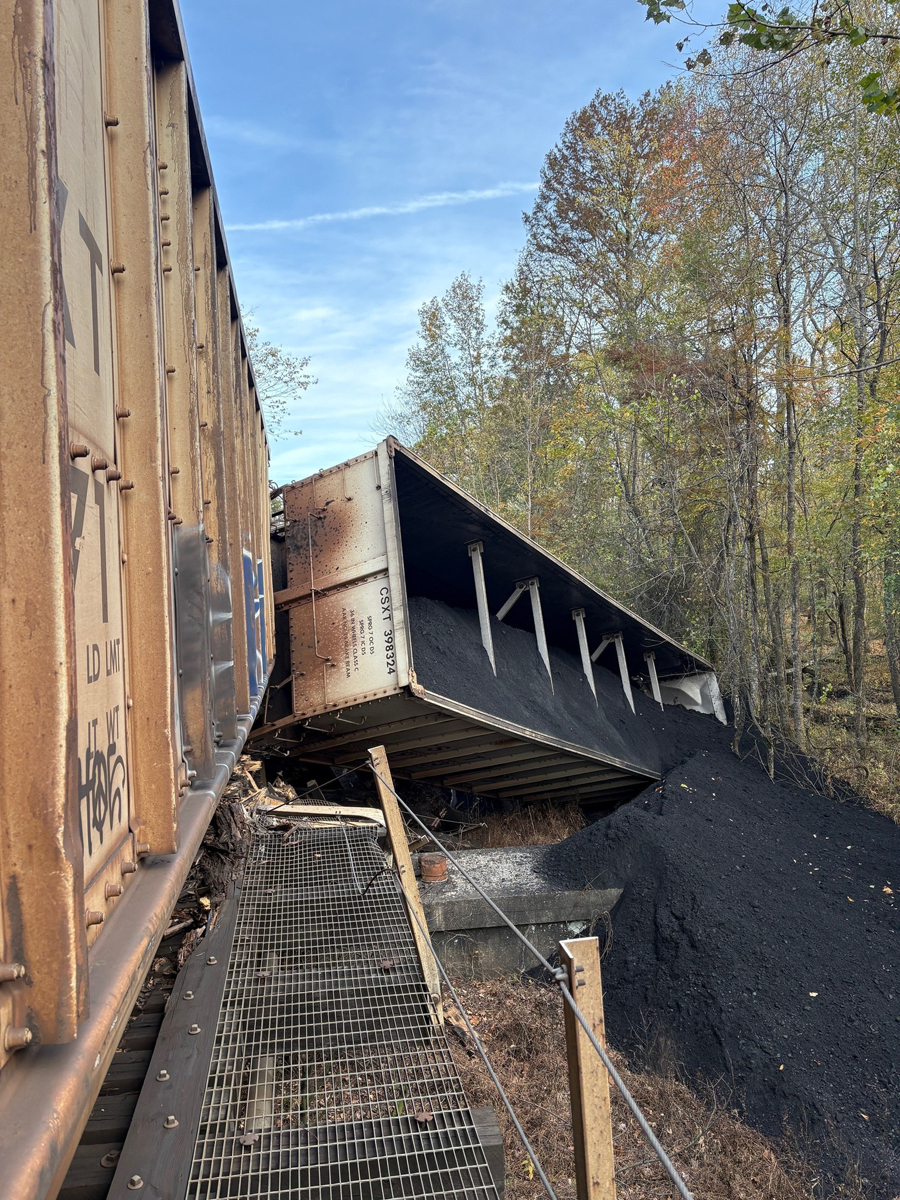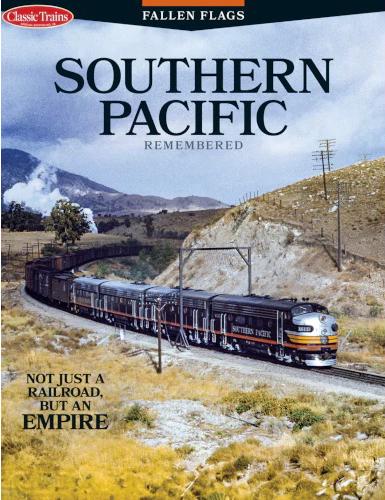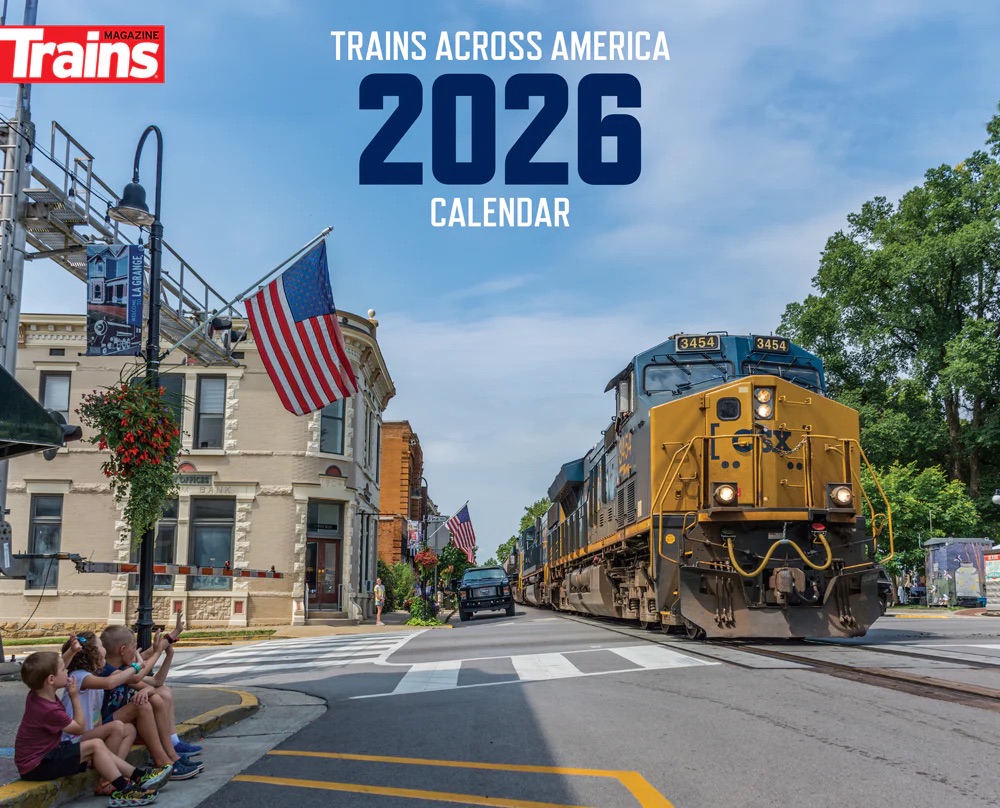
CHICAGO — If Union Pacific wanted to show the media how trains can sit around in the nation’s rail capital, it was mission accomplished last week aboard its executive train.
As the six-car train headed west at 10 mph on Wednesday — rolling between the Belt Railway of Chicago’s Clearing Yard to the north and CSX’s Bedford Park intermodal terminal to the south — UP CEO Jim Vena did not like what he was seeing from the Fox River theater car.
“There’s nothing freaking moving … There’s another one sitting there … There’s another one,” Vena exclaimed. “Is that us over there?”
The stopped trains belonged to the BRC and CSX. But then Vena spotted a lone UP locomotive in the Bedford Park terminal — and he wanted to know how long it had been sitting there.
John Turner, senior vice president of operations for UP’s Northern Division, said the six-axle Wabtec unit delivered interchange cars to CSX around 8 p.m. on Tuesday.
“And it’s still here?” Vena asked at around 1:35 p.m. “I’m telling you guys,” he said, shaking his head.
The parked trains illustrated why Vena says UP’s $85 billion transcontinental merger with Norfolk Southern is necessary. “If you wanna ship something across the country, from one end to the other, you need to hand it off to somebody else,” Vena says. “And that gets complicated.”

UP contends that eliminating interchanges in Chicago and elsewhere will shave 24 to 48 hours off transit times for carload traffic, which Eric Gehringer, executive vice president of operations, says is an improvement of 15% to 25% based on last year’s average cycle time.
“And we won’t have the eight- to 24-hour touch while you hand off an intermodal train,” Vena says. “That’ll come off. We just go right across.”
A high-priority UP Z-train will be able to shoot from the West Coast to the East Coast in as little as 74 hours, he says. The merger also will eliminate the need for 1,000 or so daily crosstown rubber-tire moves between UP terminals and those operated by CSX and NS in Chicago.
“Is it good for America that we put more trucks on the road for no reason at all? No,” Vena says. “Is it good for America that you can’t ship copper from Arizona across the country seamlessly so that customers can handle it more efficiently? No.”
Kenny Rocker, UP’s executive vice president of marketing and sales, says the railroad plans to design steel-wheel intermodal service that will deliver containers and trailers as close as possible to their ultimate destinations.
Currently some loads leave a UP ramp in Chicago and hit the highway bound for Detroit, Toledo, and points in the Ohio Valley. “How do you penetrate those markets? We see becoming one railroad as a strong way to do that,” Rocker says.
It’s not the only way, however, as BNSF Railway and CSX have shown with their expanding interline intermodal partnership. Announced in August, the joint service links the Southwest and Southeast as well as Los Angeles with points in the Midwest and Northeast via Chicago. CSX also has reached an international intermodal partnership with Canadian National for traffic moving from Memphis to Nashville.
Vena says interline agreements never last, particularly for carload traffic. “It’s pretty hard to find a partner that wants to do exactly the same thing. We’ve made these deals that say, ‘we’ll build a block for you out of Houston that’s going to go to your yard and not be handled, and you need to build me a block.’ Those things have never worked,” he says. “As soon as somebody has any issues with their own railroad, they go back to their own way of operating.”
The UP media day train made its way from Chicago to UP’s Global 4 intermodal terminal in Joliet, Ill., without a hitch. It departed from the Ogilvie Transportation Center on UP’s Geneva Subdivision, veered south onto UP’s Rockwell Sub, then rolled onto the B&OCT, the BRC’s Kenton Line, and then the Indiana Harbor Belt to Argo, where it used CN’s Joliet Sub to reach Global 4.
“Our team’s been working on this trip now … to get what we hope will be a very seamless transition and handoffs through the city,” Turner said. “But it isn’t always that way when we’re talking about freight. It’s complex. You don’t have as much visibility, and it’s largely driven off of communication and handoffs. In fact, my last communication this morning was with either my peers or other CEOs of the railroads to get us through here and make sure that they knew that we were going to be coming through here, what we were doing, what we were trying to achieve today. So lots and lots of coordination.”
The six-car train, led by C44ACM No. 6017 and the railroad’s Abraham Lincoln unit, SD70M No. 1616, included a power car, business car St. Louis, sleeping car Lake Mead, dining car City of Denver, dome car City of San Francisco, and inspection car Fox River.
— To report news or errors, contact trainsnewswire@firecrown.com.














Give Mr. Vena credit for one important thing; he rides, eats and sleeps aboard his train. Has anyone ever seen or heard of a senior Amtrak exec doing the same?
Ha!
and trains get parked to let executive trains move through.
Not if it is coordinated correctly, just like the article said…
I can picture underlings scurrying around and barking orders to “make something move” in order to impress the clueless suits. The Chicago traffic jam is the result of a century and a half of the Class 1’s and their predecessors jealously protecting their own advantages at the expense of efficiency. And a combined UP/NS will most certainly continue that tradition by attempting to thwart its competitors despite public spending to untangle the knots.
Many moons ago when an NS special would run the supervisors would hide all the MW equipment and tell us to hide as well until the train had passed.
Unfortunately, there is a leadership stupidity disconnect between promoted railroad operations/management and BOD elected/appointed CEOs. Experience leading any kind of company is the only qualification required. BODs control everything and it’s “think our way or hit the road”.
Vena probably can’t imagine that a Savannah, GA to Long Beach, CA train should cross the Mississippi no further north than Vicksburg, MS. It should stay as close to the Lines of Latitude/Parallels as possible between the two cities.
Officials at CREATE and the AAR both dismissed Vena’s hyperbolic claims as pure invention for 2025 and might have been somewhat accurate 50 years ago. But then Vena is doing all he can to win public approval so truth is irrelevant. Hence the major contributions to Dishonest Don.
Maybe, just maybe, you could try sending interchange to gateways other than Chicago? Maybe reexamine Chicago bypasses for the upteenth time?
As I see it, he’s trying to do exactly that. Should’ve happened long ago, as you say, Daniel, for the umpteenth time. Decades late but I think he’s looking into it.
ATSF should have done something with TPW rather than giving up after a handful of years.
Conrail and ATSF should have done something with the Kankakee Belt but did nothing.
And don’t get me started on CPKC going from West Detroit to KCMO via Chicago and Elgin.
People on this site have stated that the Michigan Central line from Porter to Joliet was never a real thing. Well, I recall seeing a train on it, in 1972. Why was it dropped rather than improved?
On a more positive note, one Class 1did it right, CNR picking up and improving “The J”.
A dog and pony show. Anyone with a knowledge of how a railroad works knows there are going to be a number of delays everyday. The UP loco he is refering to. Does it have a crew to operate it? most likely not. Switching delays? I would bet that in the history of RR switching there has never been a day without a delay. We all understand that seamless service would be nice if at all possible. The only thing that Mr Vena accompliched was to show how ignorant he is of day to day operations.
He was an engineer Bob. I think he knows more than you thinkl
What a slimy salesman. First Trump visit and ballroom donation, now this. Not that I’m surprised.
UP is currently able to run its own intermodal trains to North Baltimore on CSX to reach Detroit, the Ohio Valley, etc. without having to ground those boxes in Chicago.
*knock-knock* Hello? Vena? Anybody home?
Not quite sure what the “Western Ave. Corridor” refers to.
For full details please refer to the CREATE Program website at createprogram.org.
Most of the CREATE projects are grouped along or near four rail corridors in the Chicago Region.
The Western Avenue Corridor is centered along a rail line running from Western Avenue Junction on the north down to Dolton Junction on the south.
Bill, shame on you. You of all people should know better. This whole deal looks (smells?) like a set-up, and you fell for it.
The BRC Clearing Yard is now the largest hump yard by volume in the entire Chicago Region. It is a landlocked legacy site that is plagued with congestion issues and technical breakdowns. It was never designed to handle the volume of cars being forced through it now. We all know that. It needs to be completely rebuilt if not totally abandoned. Like most hump yards even those on the Union Pacific, there are always trains waiting to enter the yard. Hump yards are natural magnets for congestion.
Access to Clearing Yard on the rail from the east is via the infamous 75th Street Corridor. In October 2022, Metra CEO Jim Derwinski called 75th Steet “the biggest chokepoint in the Region, possibly the biggest chokepoint in the Nation.”
CREATE just completed the 75th St. Flyover which is one of many CREATE-funded projects to help reduce congestion and improve speeds across the terminal (without a transcontinetnal merger). You should have seen it on your little train ride.
The CREATE Program has several more projects along the Western Avenue Corridor which are all designed to improve the flow of trains and cars through the Chicago terminal. These projects are all listed on the CREATE website under the Western Avenue section. Here’s a news flash. WE HAVE A PLAN TO SOLVE THE CONGESTION PROBLEM AND IT IS WORKING. And remember the taxpayers NOT the railroads are footing most of the bill for CREATE.
The CSX Bedford Park intermodal terminal is located along the south side of the Clearing Yard. It is one of the absolute busiest intermodal terminals in the Chicago terminal by annual lifts. And it has its own unique set of access issues.
So once again it appears Mr. Vena has absolutely no idea what he is talking about!!!
The question is why do taxpayers have to pick up the bill for CapEx that very profitable class 1s choose not to make? Who has property rights and does the public collect rents or tolls? The CREATE projects provide a quantifiable subsidy and should be paid by the users.
Well using the BRC is a poor example as it’s a jointly owned terminal road.. Trains perhaps were waiting on crew changes? Perhaps trains not ready to be accepted for interchange? Maybe that “lone” UP engine needed to help repay horsepower hours?..
He’s a railroad CEO and he just noticed that freight trains idle.
If anything, he’s looking on how to increase that 9,800 ft average train length
No Charles, that some freight trains were idle. Trains that should have been moving, a condition he hopes to help remediate by removing a large chunk of that traffic and routing it in a different direction with out having any enroute switching… Sounds like a good idea to me…